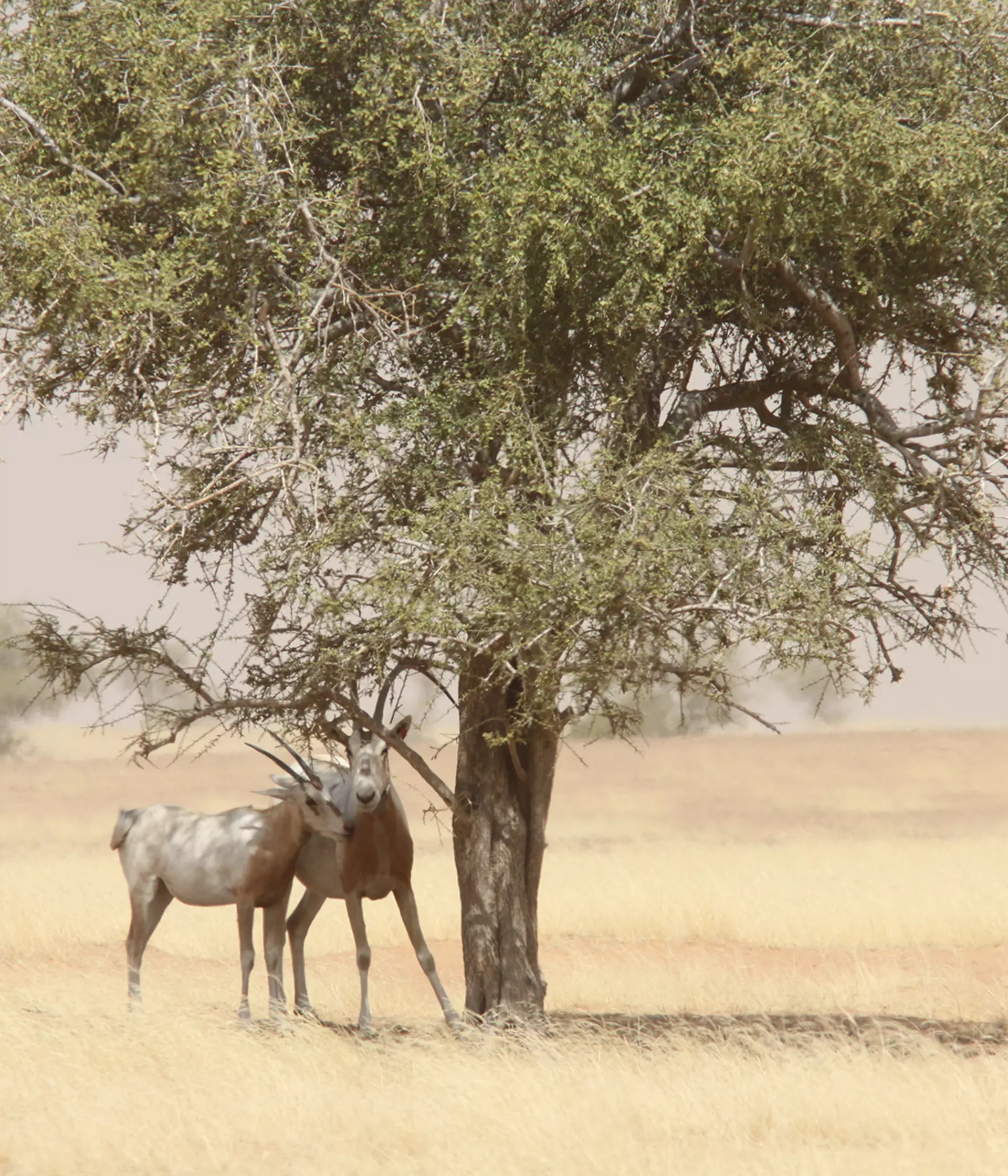Mike Hoffmann
Head of Wildlife Recovery
Our Head of Wildlife Recovery, Mike Hoffmann, delves into first-of-its-kind study highlighting just how powerful conservation can be in protecting biodiversity
It’s stating the obvious that biodiversity is in serious decline. We don’t need to look any further than the two most important metrics of biodiversity change we have today. Since 1970, the Living Planet Index shows that the average change in population size for around 32,000 populations from nearly 5,300 vertebrate species has declined by 69 per cent. Similarly, extinction risk across a multitude of groups, from corals to amphibians, has worsened by about 10 per cent over the last three decades, as measured by the Red List Index. This equates to hundreds of species making at least one giant leap towards extinction every single year.
These sobering trends are the obvious symptom of hugely increasing pressures on biodiversity, from rapidly escalating rates of forest loss to increasingly unsustainable consumption. But what makes it slightly perplexing is that we know that responses to pressures have also been increasing, whether that be in terms of growing protected area coverage, funding for biodiversity, or even increasing adoption of certification standards, both on land (e.g. PEFC) or in water (e.g. MSC). In the face of this, it’s easy to feel that conservation isn’t working; no matter how hard we try, we just can’t hold back the tide and we aren’t making a difference.
Admittedly, much of my own career has been spent documenting the deteriorating and perilous state of nature, mostly through the use of the IUCN Red List. However, I’ve also been concerned that this prevailing narrative of conservation not working is misleading. This is borne out by evidence we’ve produced, again using the Red List, that shows, for example, that conservation has saved species from extinction, and that the rate at which extinction risk deteriorates would be considerably worse without conservation.
The need to invest in conservation
This is why I’m so excited by a new study I’ve been involved in, appearing in this week’s Science , that provides easily the strongest evidence yet that the declining trends in wildlife have nothing to do with conservation not working. Rather, far more likely, it has a lot do with actions just not being sufficient to stem the losses (or otherwise not being in the right places). More than $121 billion is currently invested annually into biodiversity conservation worldwide; an upper estimate of what is needed is more than $500 billion.
The study represents a meta-analysis – a particular type of study that synthesizes and analyses previously published research (in this case, >650 different cases) – across a suite of actions, ranging from the sustainable use of species to the control of invasive alien species. Crucially, the study only looks at interventions that compare their outcome relative to a “counterfactual” (effectively, a comparison group that did not benefit from the conservation intervention).
The results are compelling: in two-thirds of cases, conservation either improved the state of biodiversity, or at least slowed declines. Further, all types of conservation intervention assessed (and for which there are sufficient data) showed a significant positive influence compared with the situation where no intervention was in place. The eradication and control of invasives, in particular, has generated some of the most striking conservation successes; a previous review of ~1550 eradications on nearly 1,000 islands, for example, showed an 88% success rate!
Hope for nature
To those of us who live and breathe conservation every day, these results are not surprising. But if you don’t, and your view of the world is one shaped by everyday dispiriting news stories of biodiversity loss, they may come as a surprise. The good news stories – such as the recent return of the once-Extinct in the Wild Scimitar-horned Oryx to the wild in Chad, and largely made possible due to breeding programmes and subsequent reintroductions – are not exceptional. The results of this study are a timely reminder – especially in view of the commitments countries have made under the Kunming-Montreal Global Biodiversity Framework to “put nature on a path to recovery for the benefit of people and planet” – that the tools and means are at our disposal.
Crucially, we now also have a key tool to assess progress towards recovery at least for species. At ZSL, we have been working with some brilliant colleagues to help develop the Green Status of Species, which complements the Red List to provide a more complete picture of the status of species and the impact of conservation. When we trialled the approach on ~180 species, around half were expected to improve if planned conservation actions were put in place. With the right resourcing and commitment, we really could achieve very positive change for wildlife.
Climate change and human activity have pushed our precious planet to its limit, causing the devastating loss of so many habitats and species. From lab to field, hands on and behind the scenes, we’re leading the future of conservation, shaping agendas and influencing change to support better life, health and living for people and wildlife.
